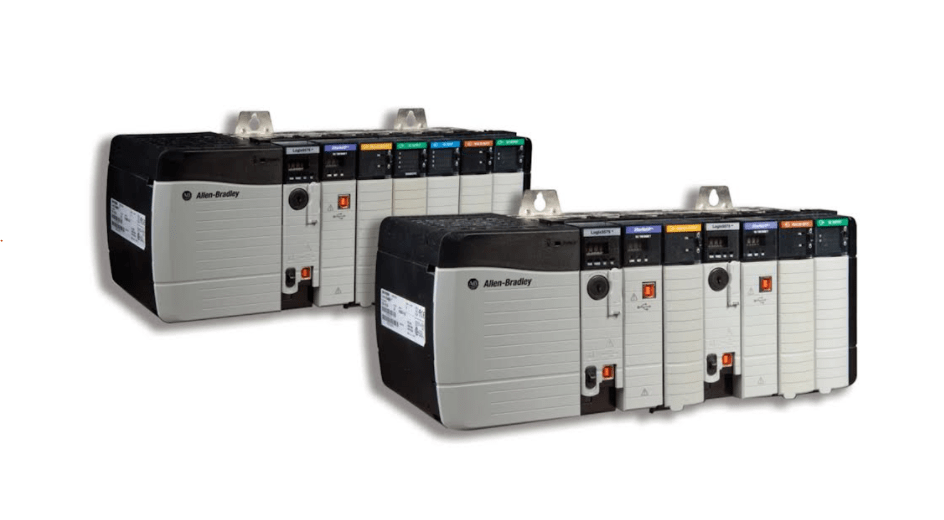Programmable Logic Controllers (PLCs) and Programmable Automation Controllers (PACs) have a lot of similarities in how they are used in manufacturing automation. They each provide the programming logic behind controlling processes to boost productivity and they both are highly reliable.
Here at OSCO, we determine what is best to use based on the application and its complexities, and future capabilities that maybe needed.
PACs
We often recommend PACs if the application requires more high-level functionality and future expansion. Through various communication protocols, the PAC can monitor, control, and manage data across multiple systems. PACs can monitor and control a great deal of input and outputs, and because of its open architecture, adding or removing components is a simple change.
PLCs
PLCs are intended for simpler processes and smaller automation projects that don’t require advance functionality or complicated programming. They are useful for basic control processes that won’t have the need for expandability. Advanced PLCs are capable of high-speed I/O and can be set up to communicate between other systems, but at this point, we would recommend going with a PAC. PLCs are more cost-effective when budget constraints are a factor.
Let Us Advise You
When consulting with you about your project, the determining factor between using PLCs or PACs, will be based on the complexities of your operation and the requirements for future expansion. We always work to provide you the best option for reliability and performance of your control needs.
Get a Free Quote
If you’re focused on improving your bottom line, we can help you automate your processes. When it comes to creating more streamlined adaptability and accessibility in your controls, turn to OSCO Controls for a free quote.

